As the silage corn chopping is approaching, we must pay attention to the corn milk line on the kernel. If you are a dairy farmer, you know how important it is to harvest your corn silage at the right time. One of the indicators that can help you determine the optimal harvest time is the milk line. In this blog post, I will explain what the milk line is, how to measure it, and why it matters for your silage quality and yield.
What is milk line
The milk line is a visible boundary between the solid and liquid parts of the corn kernel. It appears as a horizontal line across the kernel when you cut it in half. The milk line moves from the top of the kernel to the bottom as the kernel matures and dries. The position of the milk line reflects the moisture content of the whole plant, which affects the fermentation process and the nutritional value of the silage.
How to measure corn milk line
Follow these three simple steps to gather the corn milk line information:
- Collect a representative (10 – 20) corn ears from random locations on the field
- Break or cut the corn ear on half in the middle
- Observe where the milk line is on the kernel
Use a scale from 0 to 5 to rate the milk line stage, where zero means no milk line and five means black layer (fully mature).

The ideal milk line stage for corn silage harvest is between 2 and 3, which corresponds to a whole plant moisture content of 65% to 70%. This is when the plant has reached its maximum dry matter yield and has a high starch content. Harvesting at this stage also ensures a good fermentation process, which preserves the nutrients and prevents spoilage. If you harvest too early or too late, you may compromise the quality and quantity of your silage.
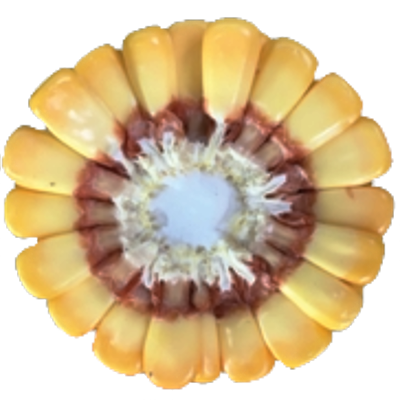
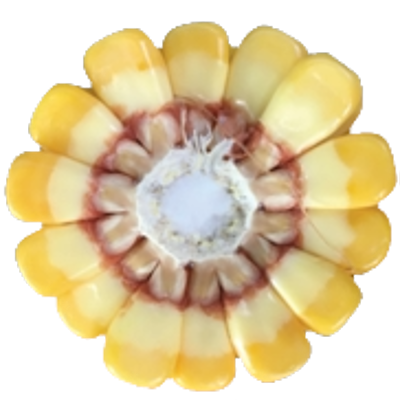
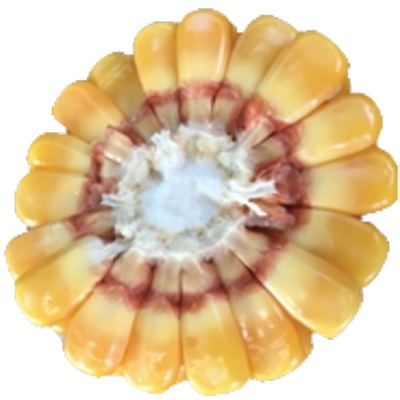
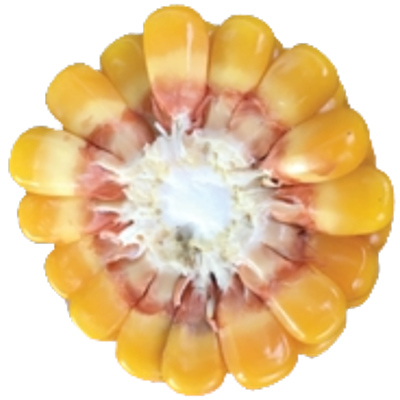
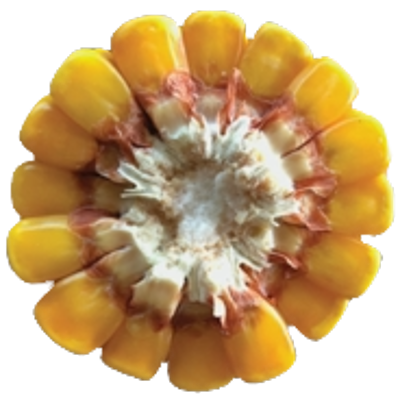
Conclusion
To summarize, the milk line is a useful tool to help you decide when to harvest your corn silage. By measuring the milk line stage, you can optimize your silage production and feed your cows with high-quality forage. Remember to check your corn fields regularly and adjust your harvest plan accordingly.